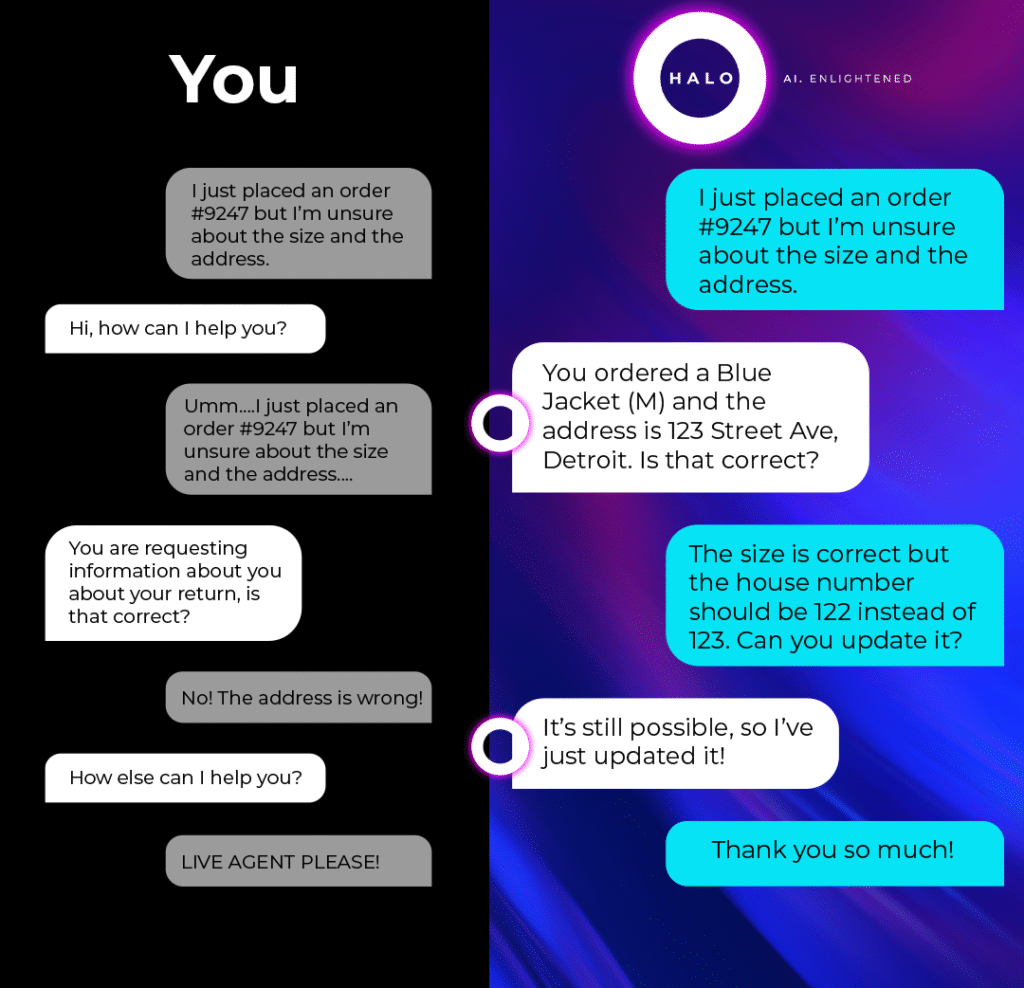
Chatbots transformed customer service by handling simple queries. But as expectations matured, their limitations became impossible to ignore. In the U.S. especially—where consumers expect fast, seamless, and proactive support—the next evolution has arrived: virtual agents. They’re more autonomous, more integrated, and more capable. And they’re redefining how brands deliver value at scale.
The Rise and Constraints of Chatbots
When chatbots first emerged, they brought clear wins: faster response times, better scalability, and lower customer service costs. They managed FAQs, simple workflows, and basic routing. But most hit a ceiling:
- Rigid scripts that break under ambiguity
- Reactive behavior that only responds—never anticipates
- High maintenance with rules needing constant updates
In short, chatbots were a stepping stone. Not the destination.
Enter Virtual Agents
Virtual agents are the intelligent successors to chatbots. Powered by natural language understanding (NLU), real-time data, and deep integrations, they do more than chat:
- Maintain context across multiple interactions
- Anticipate customer needs and act—refunds, updates, scheduling
- Integrate directly with internal systems and APIs
- Learn and improve over time based on outcomes and feedback
They’re not just conversational—they’re operational.
Advantages of Virtual Agents for U.S. Brands
Virtual agents unlock strategic wins for American businesses:
- Better personalization: They remember customer context, preferences, and history.
- Autonomous action: No handoff required. Agents can take real action—end to end.
- Lower maintenance: ML models and natural flows mean less manual updating.
- Full system integration: Connects across CRM, logistics, billing, and order systems.
- Scalable growth: Expand capabilities without rewriting everything.
Whether you’re in retail, insurance, or travel, virtual agents adapt as fast as your customer expectations.
Implementation—Without the Complexity
There’s a myth that building virtual agents is slow and technical. Not anymore. Modern platforms like HALO remove the friction:
- NLU-driven logic replaces rigid trees
- Pre-built agents for order status, scheduling, support, and more
- API connectors for fast system integration
- Natural-language feedback loops to refine behavior on the fly
What once took months and engineers now takes weeks—with no-code speed and enterprise-grade power.
What This Means for You
Chatbots helped automate Q&A. But virtual agents are here to drive outcomes. U.S. brands embracing this shift will win with:
- Faster customer resolution
- Higher satisfaction and loyalty
- Real operational efficiency
It’s time to stop treating AI like a support script. Start treating it like a team member.
Let’s move beyond bots. Let’s build intelligent digital agents—ready to act.
For a global perspective on this evolution from chatbot to agent, check out the original blog from CM.com.


